Large European cities are the main destination of most people who decide for immigration in the world regardless of their reasons. Cities like London, Paris, and Barcelona are known for their multicultural society, something that has intensified. Since 2015 more than one million people crossed borders towards Europe triggering a new immigration crisis since then. A crisis which in on one hand reveals ultraconservative sectors of its population, on the other, opens a relevant discussion about the role of the city and urbanism in the reception and social insertion of this migrant population. These global cities have been shown to be ineffective in adapting to the new demands of their populations and thus contribute to the fact that part of it becomes marginal to social, economic and political relations, with precise foreigners, unsurprisingly, being in this situation or at least the vulnerable part of them.
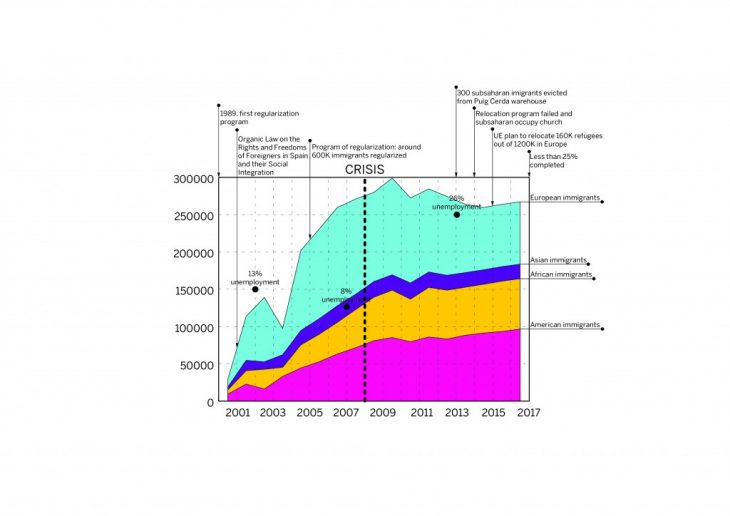
Neoliberal urbanism with its standardized plots and cities under the zoning regime have been the subject of criticism since the middle of the last century because of this inefficiency to deal with changes in the profile of its population and with the rigidity in which social-economic relations are seen in these cities. From the very moment this place is seen as a mere product and as a mere tool of wealth generation in the most literal sense of the word, it creates citizens who are first and foremost consumers of a city where taxes are paid for services to be performed without any responsibility to the population and the decision makers. A city where the right to it is bought through taxes and thus achieves social segregation through real estate speculation, zoning, and urban infrastructure distribution.
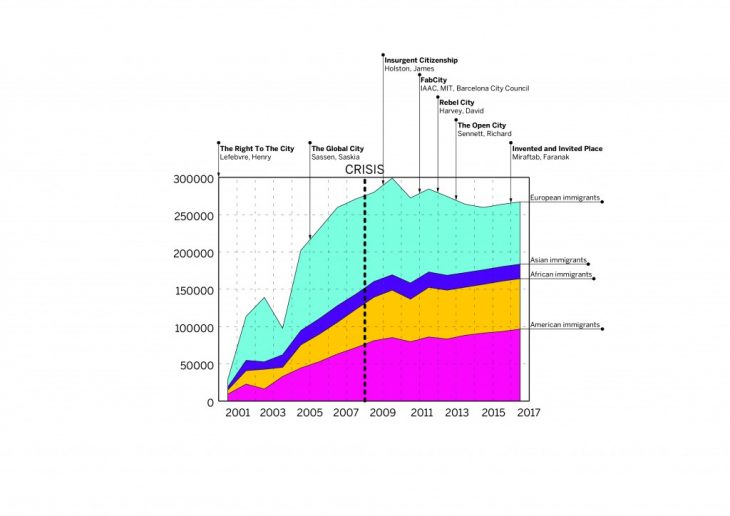
At the century not only the model of the neoliberal city is criticized but also its model of citizenship. This citizen who lives informally is increasingly becoming more common and this shadow market grows and starts to turn capital in an amount compared to small economies and beating the largest companies of developed countries.Like it happens in Spain, informal settlements are oftenly seen and this insurgent citizen is no longer just a distant image from the third world and has a symbiotic relationship with the city where they live.
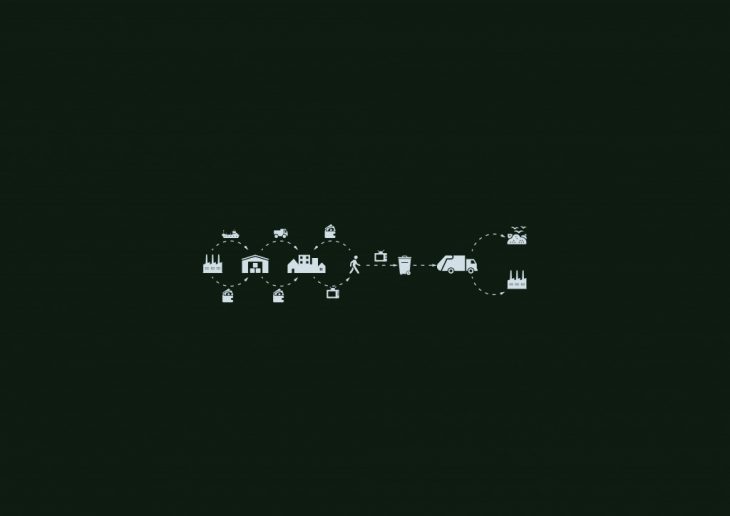

Recognizing of the Internet as an important layer of the global city in which this infrastructure is a tool in the immigration process, in the articulation of several economic activities mainly outside the upper circuit of cities and of course in the role of contemporary ágora in which it becomes the scenario for political engagement and social connection.
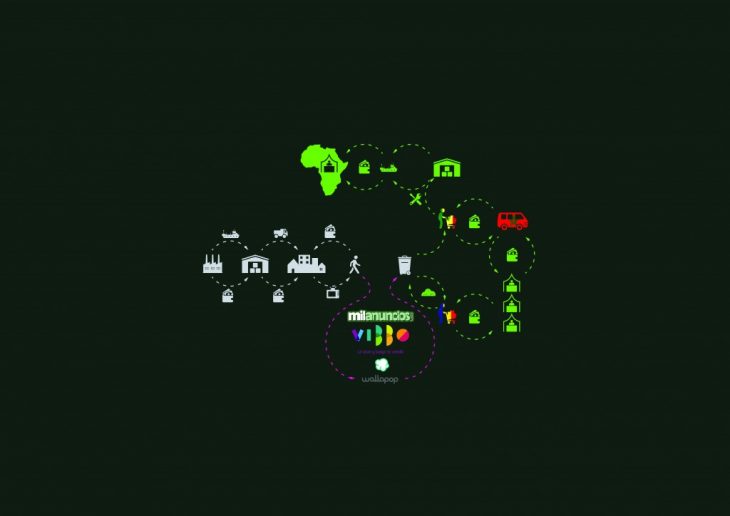
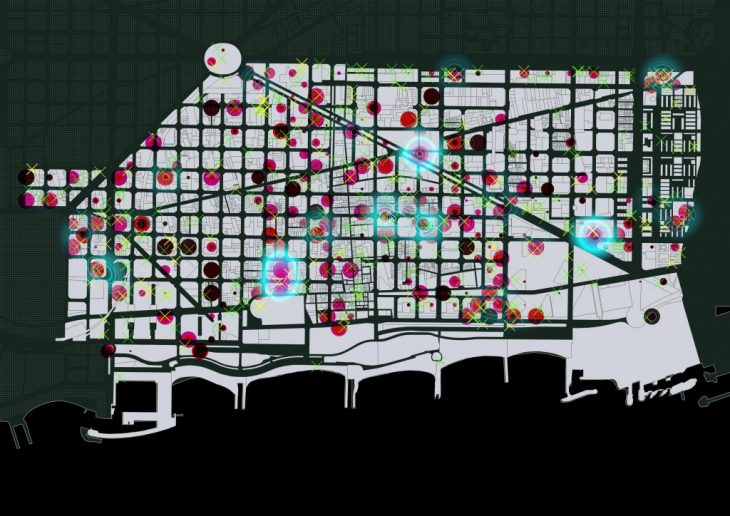
The conclusion speculates an alternative to the issue of immigration in the Catalan city, uniting the three themes addressed in the development: the informal economy represented by the “Chatarreros”, the city seen from the point of view of the circular economy in the form of the Fabcity and the internet recognized as part of the economic ecosystem of the city. This alternative is presented through the project called “9cent“.
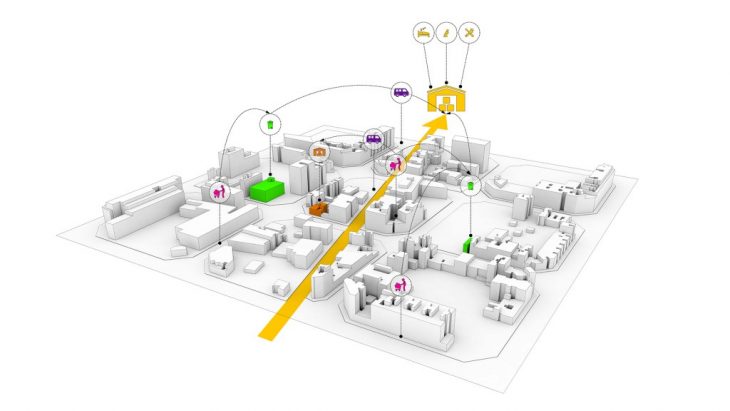
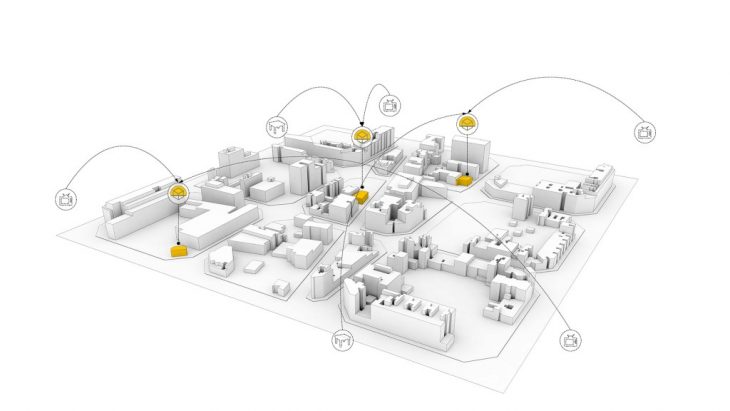
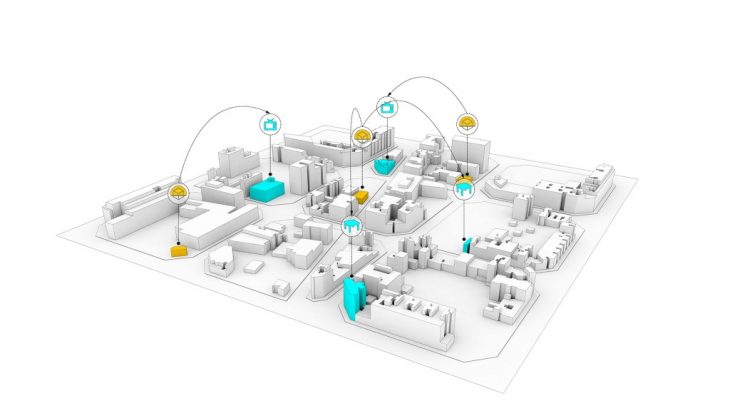
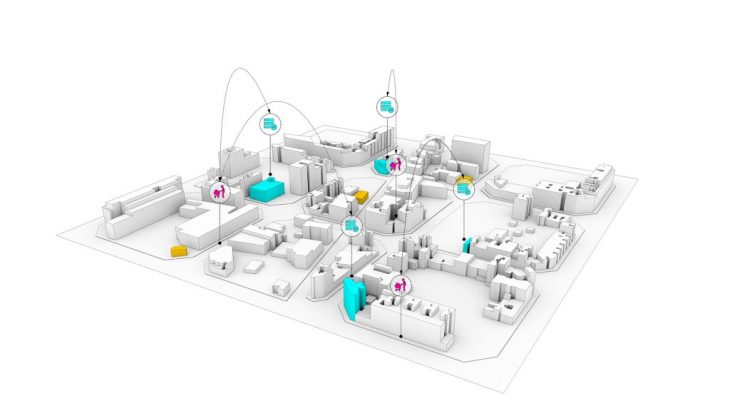
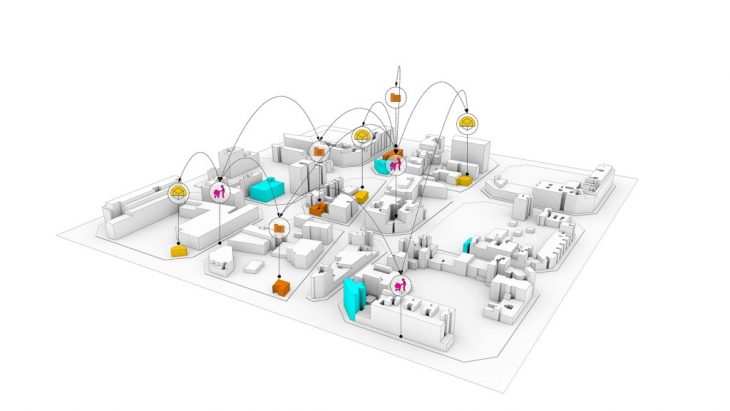

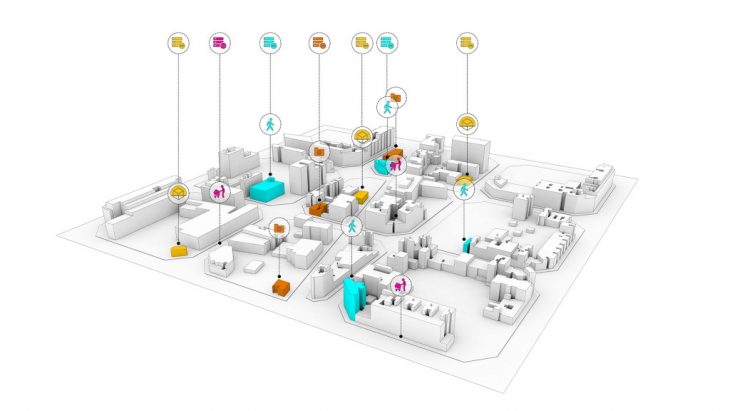
9cent is a project of IaaC, Institute for Advanced Architecture of Catalonia
developed at Master in Advanced Architecture in 2017 by:
Students: Andre Resende
Faculty: Vicente Guallart